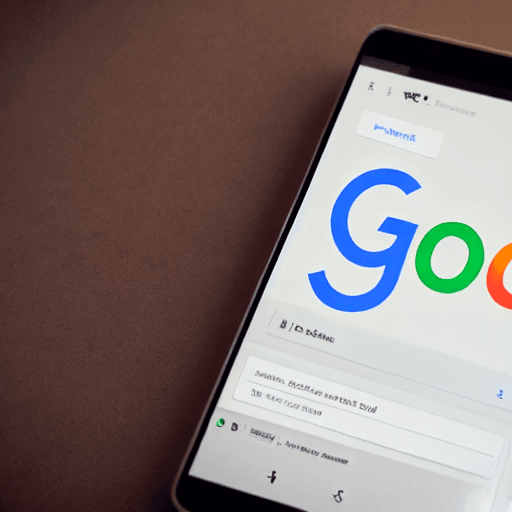

In the dynamic world of Pay-Per-Click advertising, staying ahead of the curve is paramount. Traditional Google Ads management can be incredibly time-consuming, demanding constant monitoring, manual adjustments, and a deep understanding of complex algorithms. However, Google Ads offers a powerful tool designed to alleviate this burden: Google Ads Recommendations. These recommendations, driven by machine learning, provide actionable insights and automated adjustments, allowing you to optimize your campaigns without needing to manually tweak every setting. This article delves into the specifics of utilizing Google Ads Recommendations for automated adjustments, exploring their benefits, how they work, and how to effectively integrate them into your overall Google Ads strategy. We’ll examine real-life examples and provide a comprehensive guide to maximizing your campaign performance.
For years, Google Ads management was largely a manual process. Advertisers would painstakingly set bids, target keywords, craft ad copy, and monitor performance metrics. This approach, while effective for some, quickly becomes overwhelming as campaigns grow in complexity. The sheer volume of data and the constant need for adjustments can lead to analysis paralysis and missed opportunities. Google Ads has recognized this challenge and is actively pushing towards automation. The shift towards automation isn’t about replacing human oversight; it’s about augmenting it. It’s about freeing up your time to focus on strategic planning, creative development, and overall business goals, while Google Ads handles the more granular, repetitive tasks.
Google Ads Recommendations are suggestions generated by Google’s machine learning algorithms. These algorithms analyze your campaign data – including impressions, clicks, conversions, cost, and device – to identify areas for improvement. They then present these recommendations directly within the Google Ads interface. These recommendations fall into several categories, each designed to address a specific aspect of your campaign:
It’s crucial to understand that these recommendations aren’t always perfect. They are based on data patterns, and sometimes a particular keyword or audience segment might perform differently in your specific business context. Therefore, a critical and informed approach is essential.
The underlying mechanism behind Google Ads Recommendations is complex, but it essentially boils down to a sophisticated machine learning model. Here’s a breakdown of the key components:
The model is constantly learning and improving as it receives more data. This means that the recommendations you receive will become more accurate over time. Furthermore, Google uses a ‘shadow mode’ where recommendations are tested in a simulated environment before being applied to live campaigns, minimizing potential negative impacts.
Integrating Google Ads Recommendations into your strategy involves a phased approach. Here’s a step-by-step guide:
A real-life example: A small e-commerce business selling handmade jewelry. Initially, they were manually adjusting bids for their ‘earrings’ keyword. Google Ads Recommendations suggested increasing bids for ‘silver earrings’ due to a high conversion rate. The business accepted this recommendation, and sales of silver earrings increased significantly. This demonstrates the potential of automated adjustments to capitalize on high-performing keywords.
To maximize the effectiveness of Google Ads Recommendations, consider these best practices:
Google Ads Recommendations represent a significant advancement in digital advertising. By leveraging the power of machine learning, Google is providing advertisers with a valuable tool to optimize their campaigns and improve their return on investment. While automation shouldn’t replace strategic thinking, it can significantly streamline the campaign management process and unlock new opportunities for growth. By understanding how Google Ads Recommendations work and following best practices, advertisers can harness their full potential and achieve greater success.
This comprehensive guide provides a solid foundation for understanding and implementing Google Ads Recommendations. Remember to continuously learn and adapt your strategy as Google’s algorithms evolve.
Tags: Google Ads, Recommendations, Automated Adjustments, Campaign Optimization, PPC, Ad Management, Performance
0 Comments